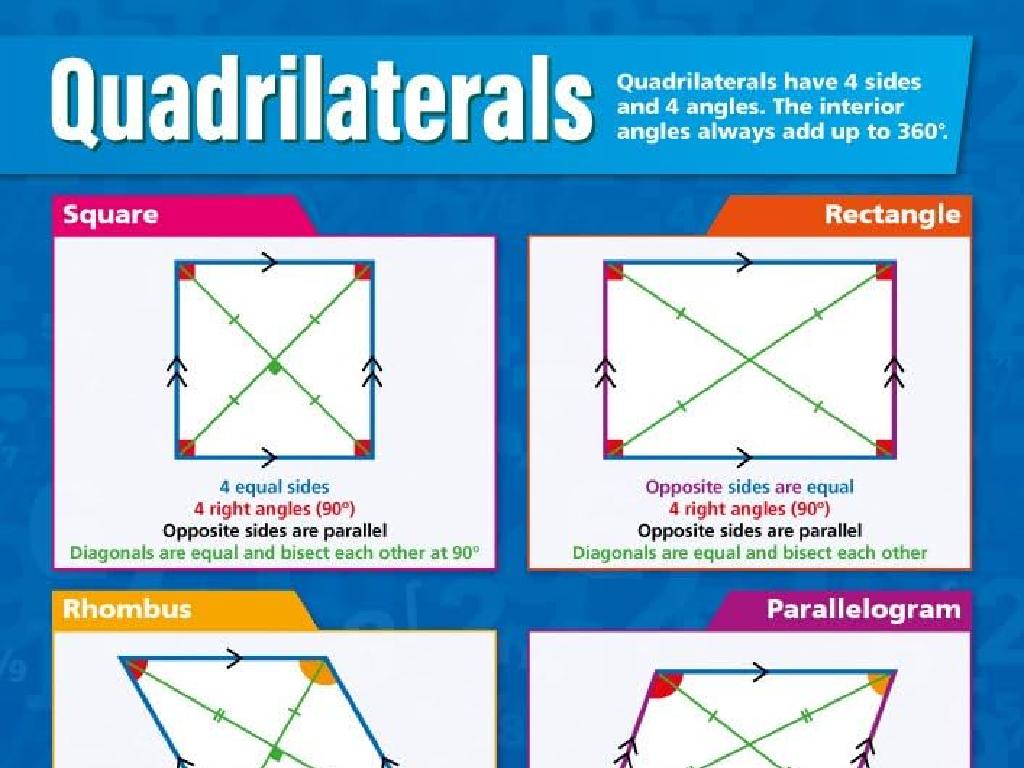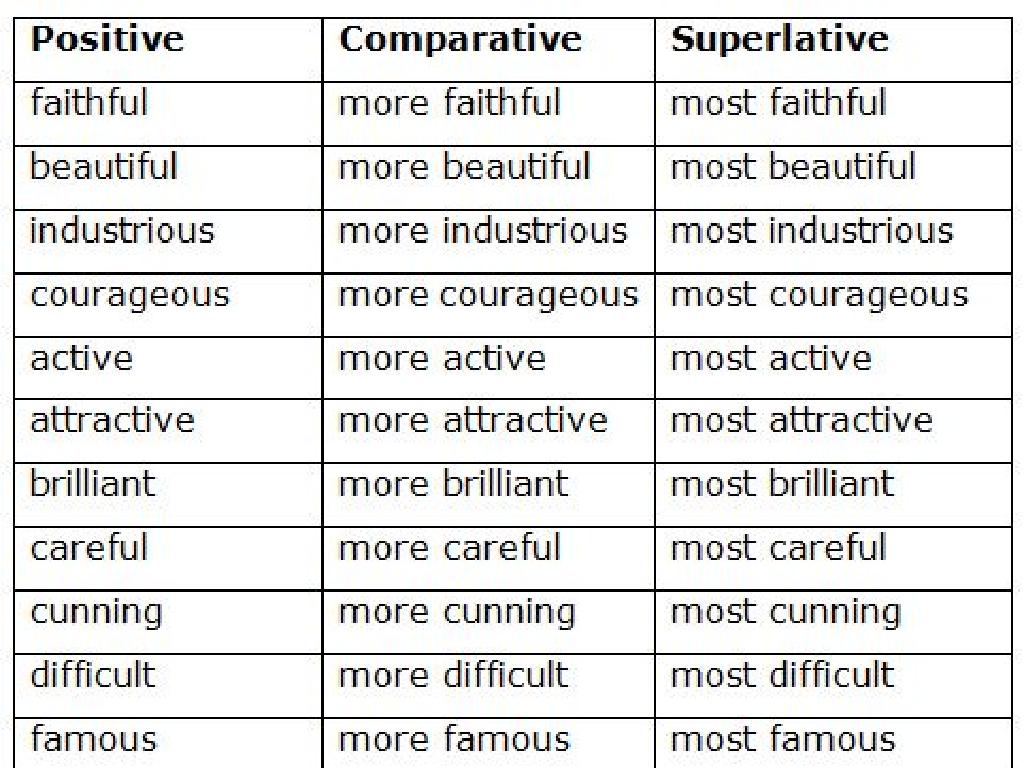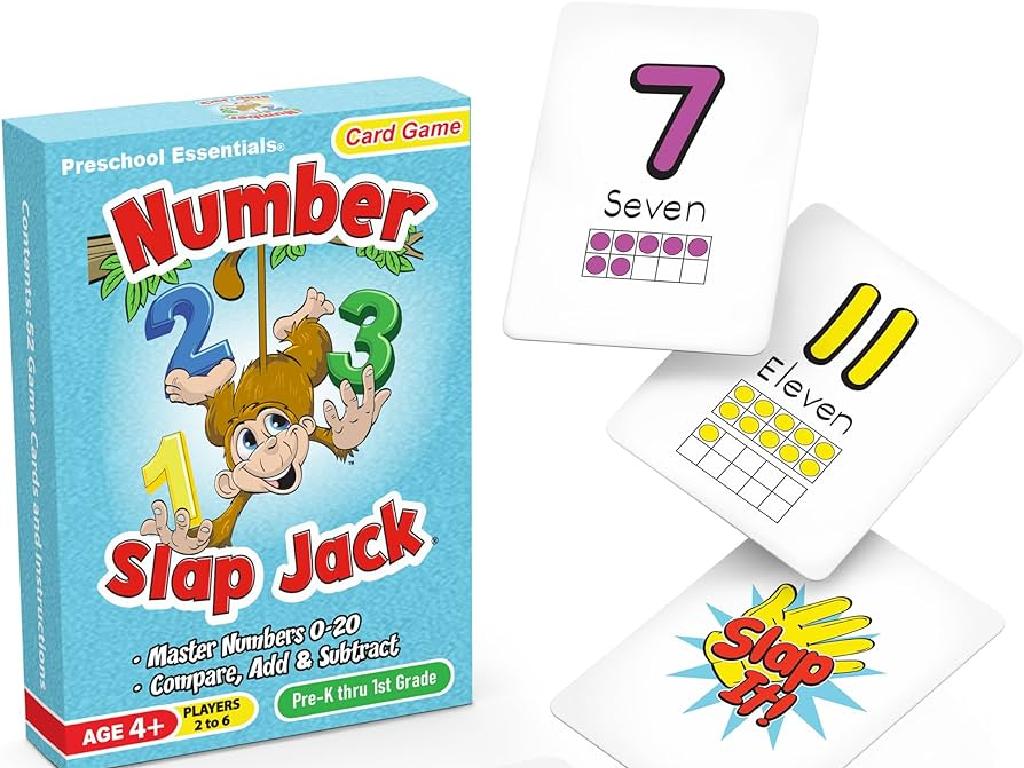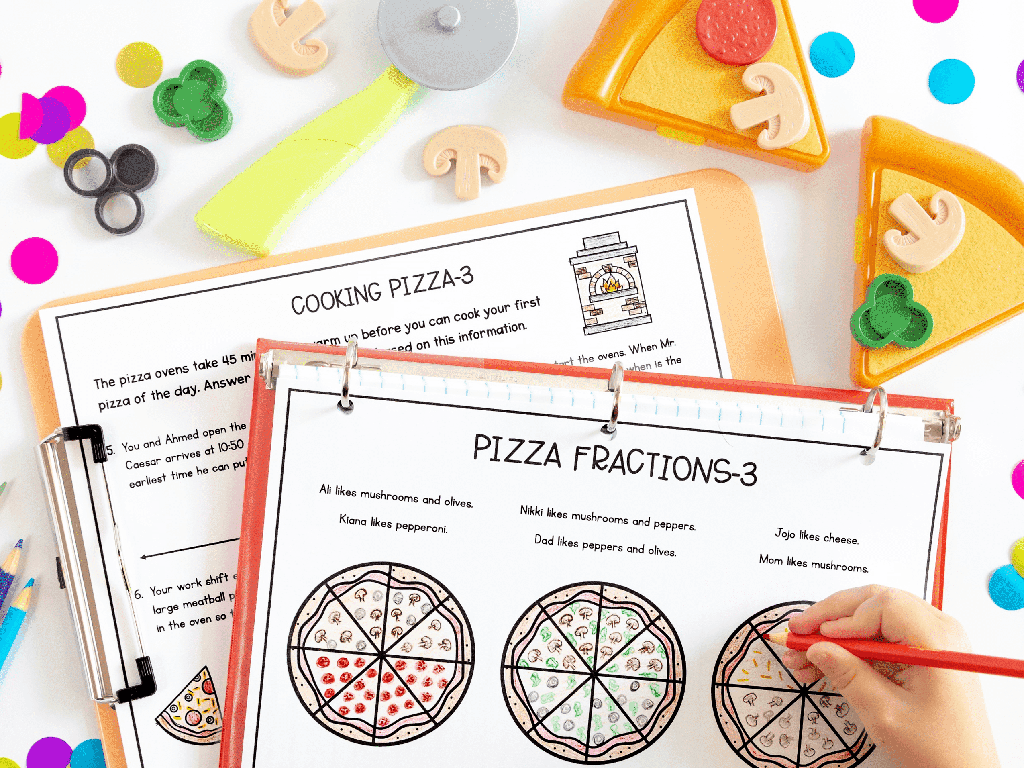Multiply Money Amounts
Subject: Math
Grade: Fifth grade
Topic: Money
Please LOG IN to download the presentation. Access is available to registered users only.
View More Content
Introduction to Multiplying Money
– Understanding the value of money
– Money is used to buy goods and services.
– Review: Identifying money amounts
– Recognize coins and bills and their values.
– Multiplying money: What it means
– It’s like buying multiple items priced the same.
– Practical uses of money multiplication
– Calculate total cost for multiple items.
|
This slide introduces the concept of multiplying money, which is a practical skill for managing finances. Start by discussing the importance of money and its role in everyday transactions. Review the different denominations of money, ensuring students can identify and differentiate between them. Explain that multiplying money is similar to buying several items that cost the same amount, and it helps us find out the total cost. Use relatable examples, such as buying multiple pieces of candy or several notebooks, to illustrate how multiplication of money works in real-life scenarios. Encourage students to think of other situations where they might need to multiply money.
Multiplying Money: Basic Multiplication Review
– Recap multiplication facts
– Review times tables up to 10×10
– Multiplication in daily life
– Discuss how we use multiplication for budgeting, shopping
– Practice with simple problems
– Solve problems like 5 x $2.00
– Understand money multiplication
– Apply multiplication to calculate total costs
|
Begin with a quick review of multiplication facts to ensure students are comfortable with basic multiplication. Emphasize the practicality of multiplication in everyday life, such as calculating total costs while shopping or budgeting. Provide simple multiplication problems involving money to help students practice and apply their skills. For example, if something costs $2.00 and you buy 5 of them, how much will it cost in total? This will prepare them for more complex money multiplication tasks and enhance their understanding of how math is used in real-world financial situations.
Multiplying Whole Numbers with Money
– Steps to multiply money by whole numbers
– Write the money amount, then multiply by the number of items.
– Example: Total cost of items
– If one item costs $2, what’s the cost of 5? Multiply 2 by 5 to get $10.
– Practice: Cost of 4 apples
– One apple is $0.50, so 4 apples cost 4 times $0.50, which equals $2.
|
This slide introduces the concept of multiplying whole numbers with money, a practical skill for everyday life. Start by explaining the steps: write down the money amount and multiply it by the number of items. Use an example like calculating the total cost of multiple items to illustrate the concept. For instance, if one item costs $2, and you buy 5 of them, you multiply 2 by 5 to get $10. Then, present a practice problem to the class: if one apple costs $0.50, how much would 4 apples cost? Walk through the multiplication of $0.50 by 4 to show that the total cost is $2. Encourage students to solve it on their own first before discussing as a class.
Multiplying Decimals with Money
– Decimals represent cents in money
– Steps to multiply by whole numbers
– Line up the numbers, ignore the decimal, multiply, then place the decimal back
– Example: Cost of 3.5 pounds of bananas
– 3.5 pounds at $0.99/pound: Multiply 3.5 by 99 to find the total cost
– Practice with real-life scenarios
– Use examples like buying fruit or school supplies to understand practical applications
|
This slide introduces the concept of multiplying decimals in the context of money, which is a practical skill for students. Begin by explaining that in money, decimals are used to represent cents, with one decimal place for dimes and two for cents. Walk through the steps of multiplying a decimal by a whole number, emphasizing the importance of ignoring the decimal during multiplication and then placing it correctly in the answer. Use the example of buying bananas to show how to calculate the total cost, and encourage students to practice with similar real-life scenarios to reinforce the concept.
Real-Life Application: Budgeting for a Class Party
– Understand money multiplication
– Real-life budgeting scenario
– How to use multiplication for planning events
– Plan a class party budget
– Calculate total costs for food, decorations, etc.
– Group activity: budget creation
– Collaborate to create a realistic party budget
|
This slide introduces students to the practical application of multiplying money amounts through the engaging task of planning a budget for a class party. Students will work in groups to determine the cost of items needed for the party, such as food, decorations, and entertainment, and then use multiplication to calculate the total budget required. This activity will help them understand the importance of math in everyday life and develop their teamwork and planning skills. Provide students with a list of potential party items and their individual costs to facilitate the activity. Encourage them to discuss and decide on the quantity of each item needed, ensuring they apply multiplication to find the total cost for each item and then sum up for the overall budget.
Class Activity: Multiplying Money
– Pair up for money multiplication
– Solve real-life money problems
– How much would 4 toys at $3 each cost?
– Use play money for transactions
– Practice with pretend bills and coins
– Discuss solutions with the class
– Explain your strategy to your classmates
|
This activity is designed to help students understand the concept of multiplying money by engaging them in a hands-on learning experience. Students will pair up and work through a set of problems that involve multiplying money amounts, simulating real-life transactions using play money. This will help them visualize and grasp the concept better. After completing the problems, each pair will share their solutions and methods with the class, fostering a collaborative learning environment. For the teacher: Prepare a worksheet with different multiplication money problems. Provide each pair with play money. Circulate the room to assist and guide students as needed. Possible variations of the activity could include different prices or quantities, offering discounts, or calculating total costs for a shopping list.
Multiplying Money: Conclusion and Review
– Recap steps for multiplying money
– Line up the decimal points, multiply as with whole numbers, place the decimal in the answer.
– Value of multiplying money skill
– Helps with budgeting, planning expenses, and understanding finance.
– Engage in Q&A session
– Clarify any doubts
|
As we conclude, let’s review the process of multiplying money. Remember to align the decimal points and multiply as you would with whole numbers. Afterward, correctly place the decimal in your product. Understanding how to multiply money is crucial for real-life applications such as budgeting, planning expenses, and making informed financial decisions. Now, let’s open the floor for any questions you may have. This is a great opportunity to address any uncertainties or difficulties you’ve encountered. As your teacher, I’m here to help you solidify your understanding of multiplying money amounts.
Homework: Multiplying Money Amounts
– Complete the multiplication worksheet
– Practice with a grocery list scenario
– Use the grocery list to apply multiplication
– Calculate total item costs
– Add up the cost of multiple items
– Study for a quiz on money multiplication
– Review your worksheet and practice problems
|
This homework assignment is designed to reinforce the concept of multiplying money amounts, which is a practical skill for everyday life. The worksheet will provide structured practice, while the grocery list scenario offers a real-life application of these skills. Encourage students to think about situations where they might need to calculate total costs, such as planning a party or a family dinner. Remind them that understanding how to multiply money amounts is essential for budgeting and making informed spending decisions. For the quiz, students should be familiar with multiplication tables and applying them to money, as well as estimating to check their work. Provide several examples of different items with varying quantities and prices for them to practice.






